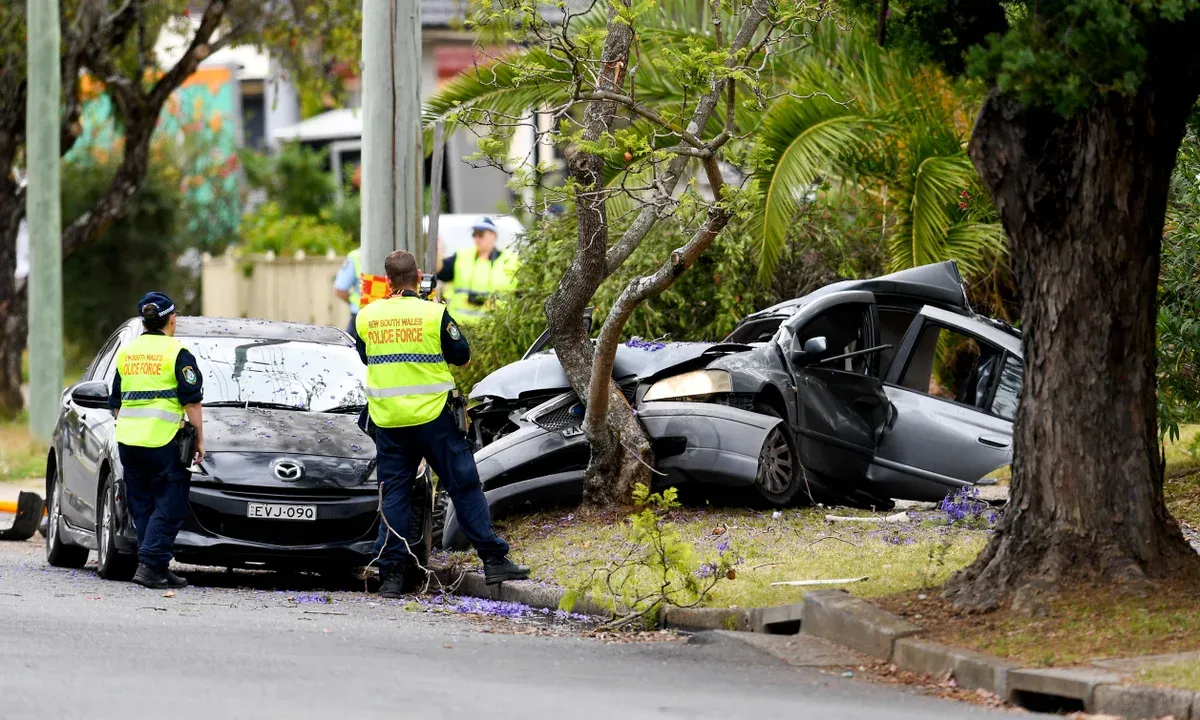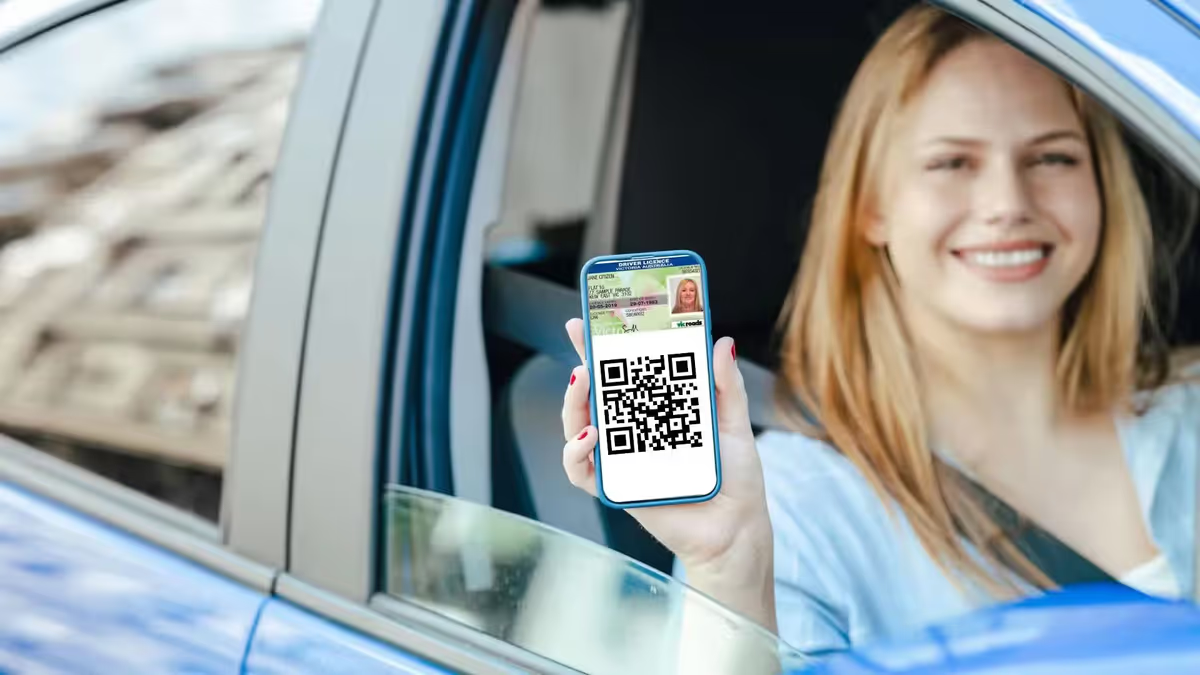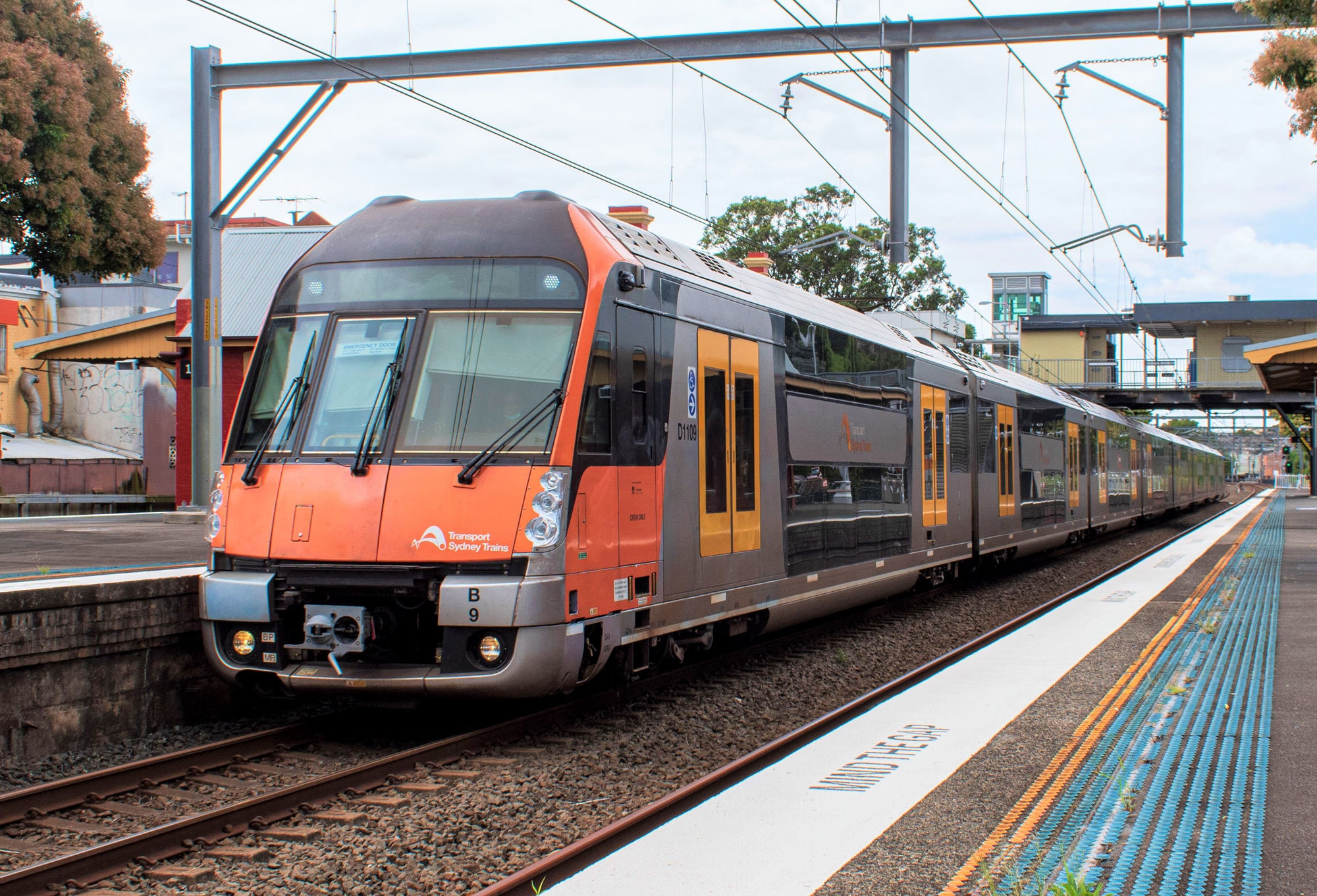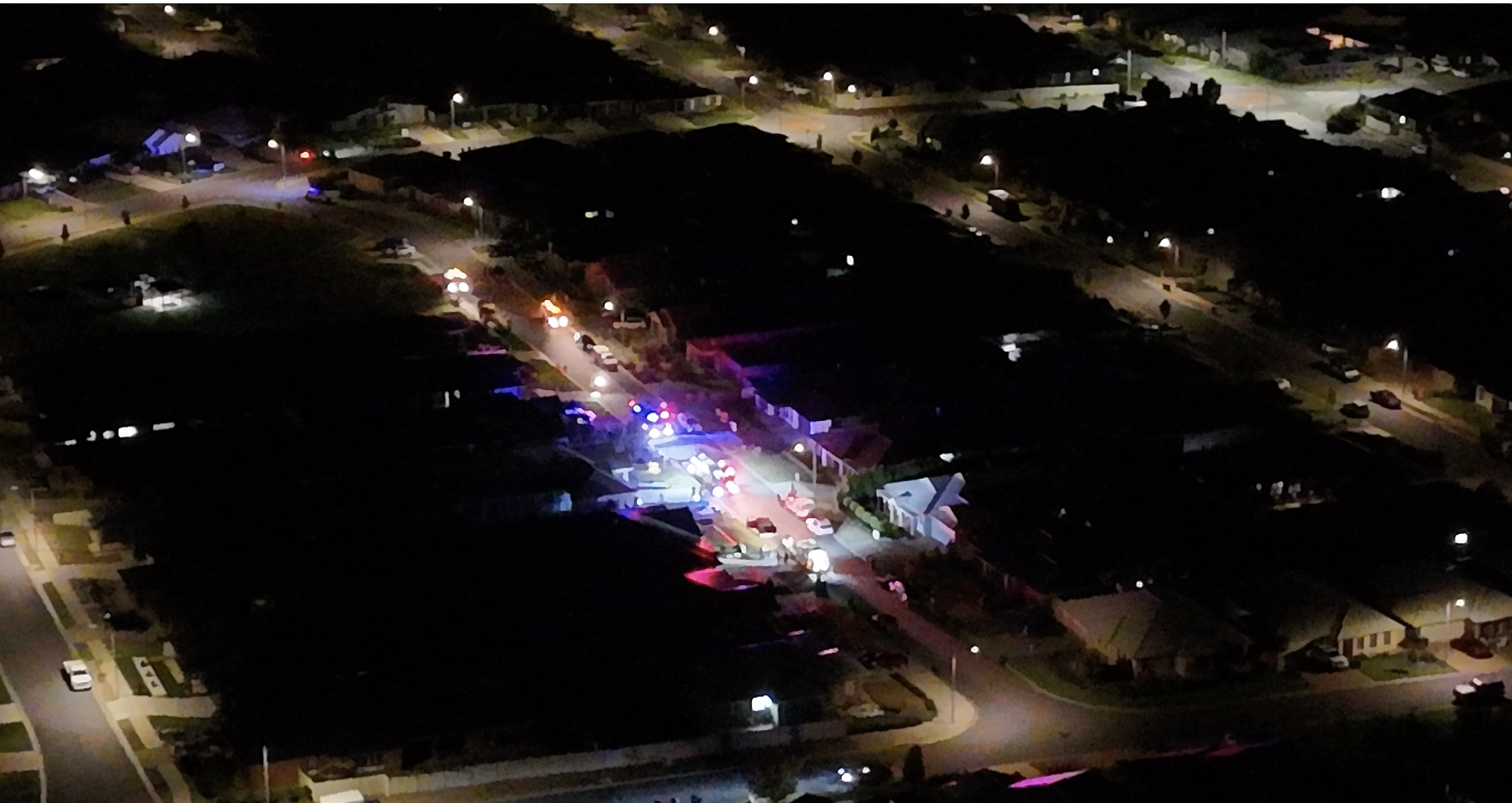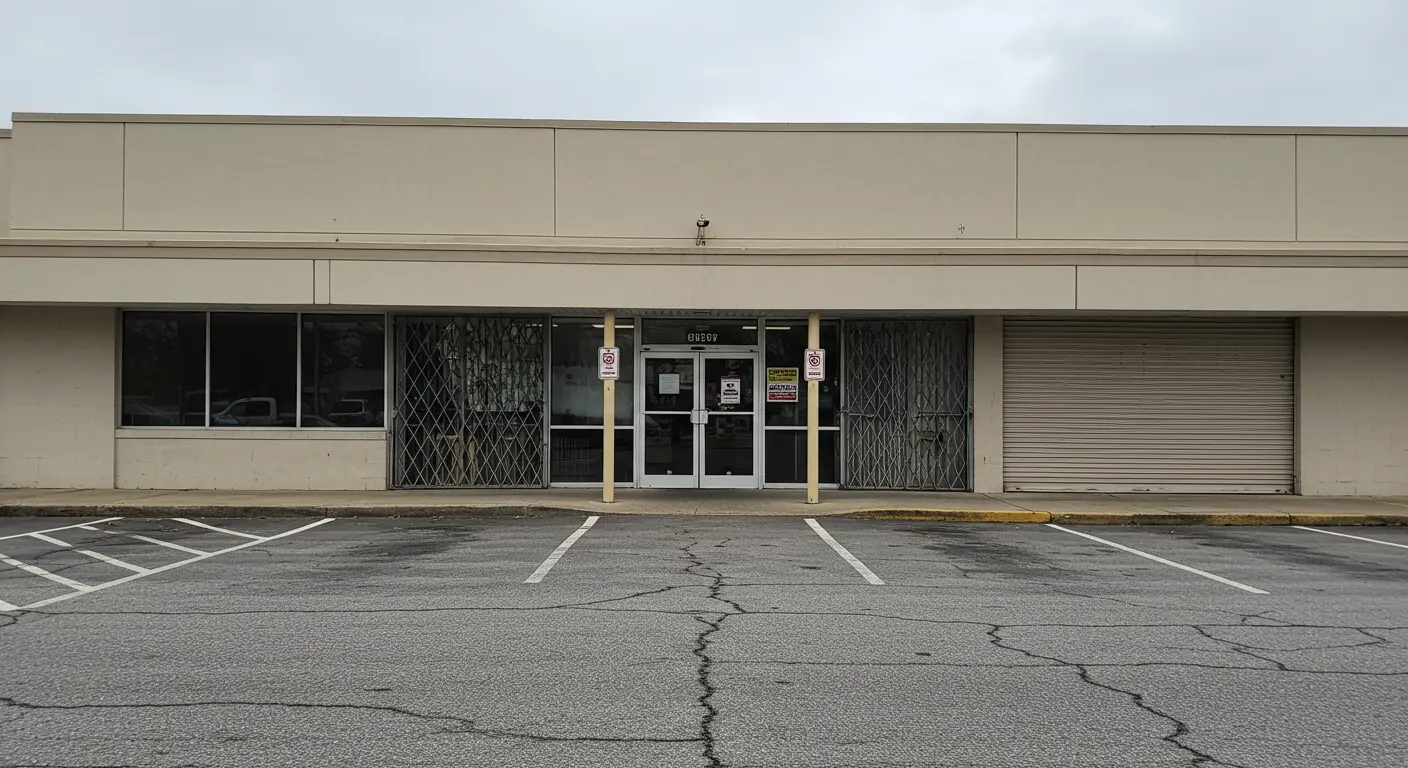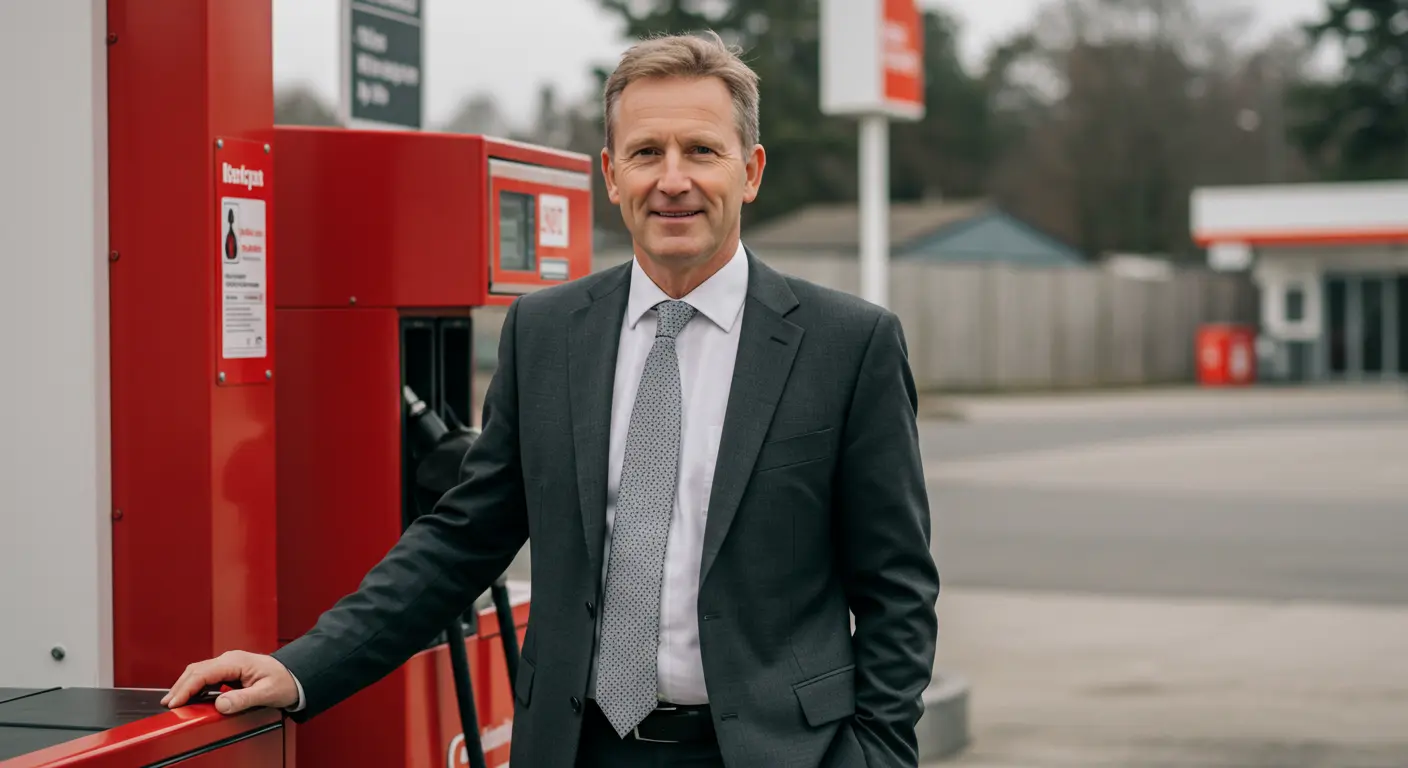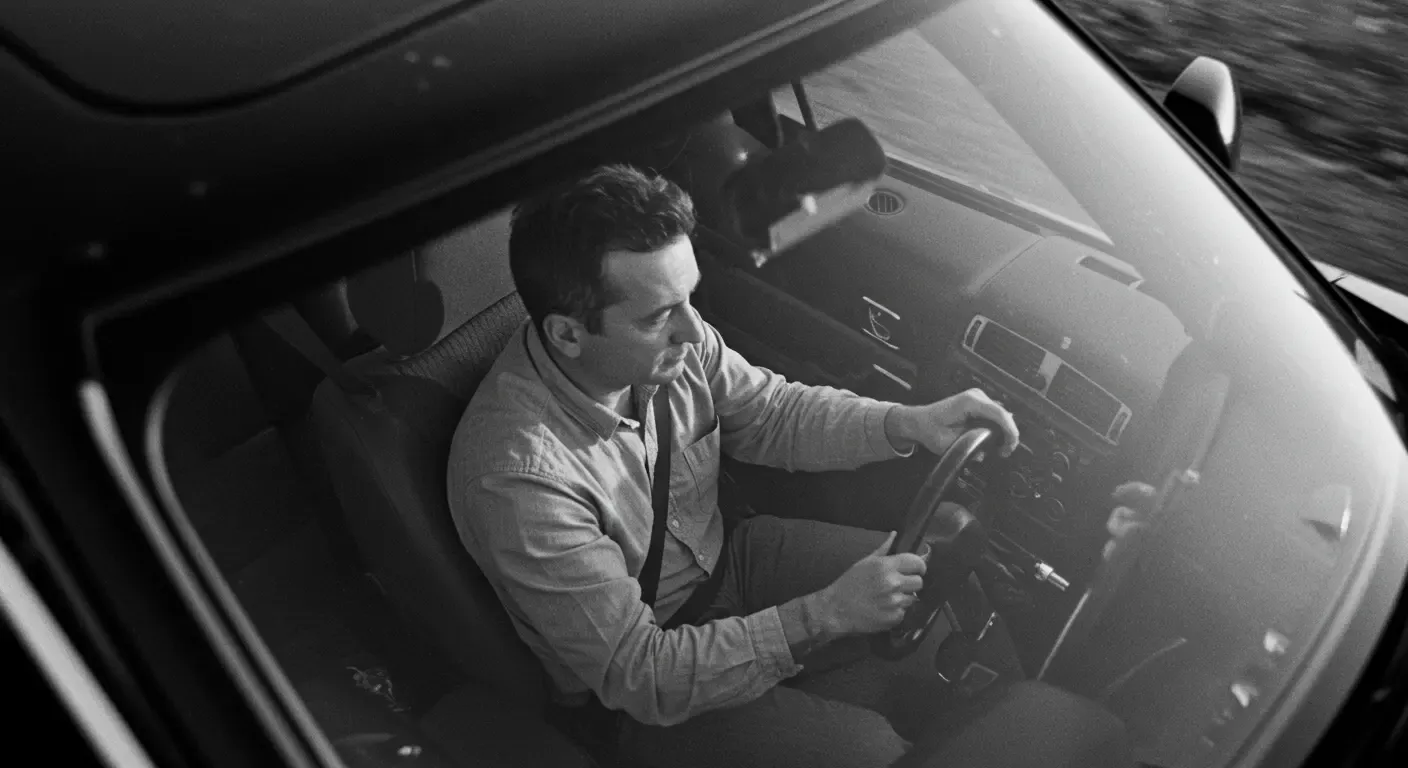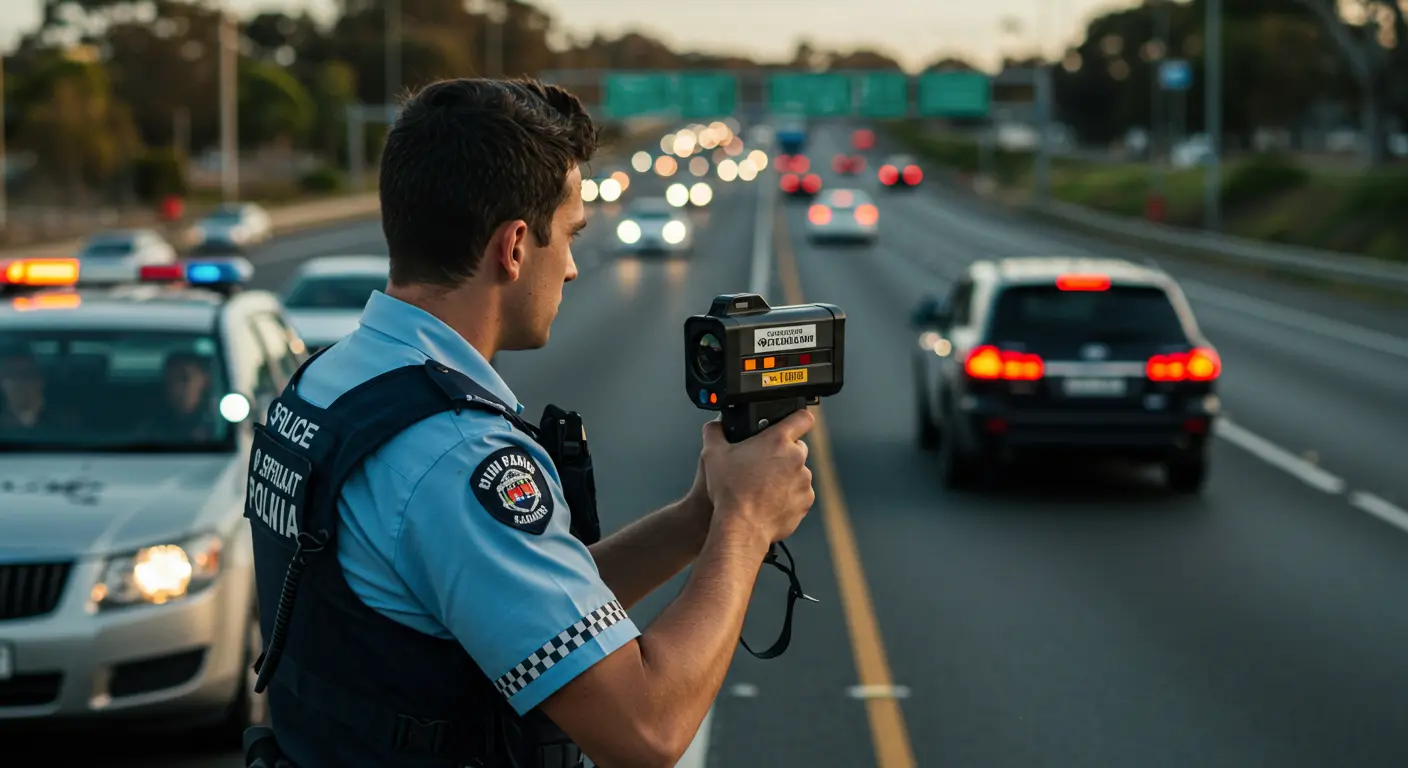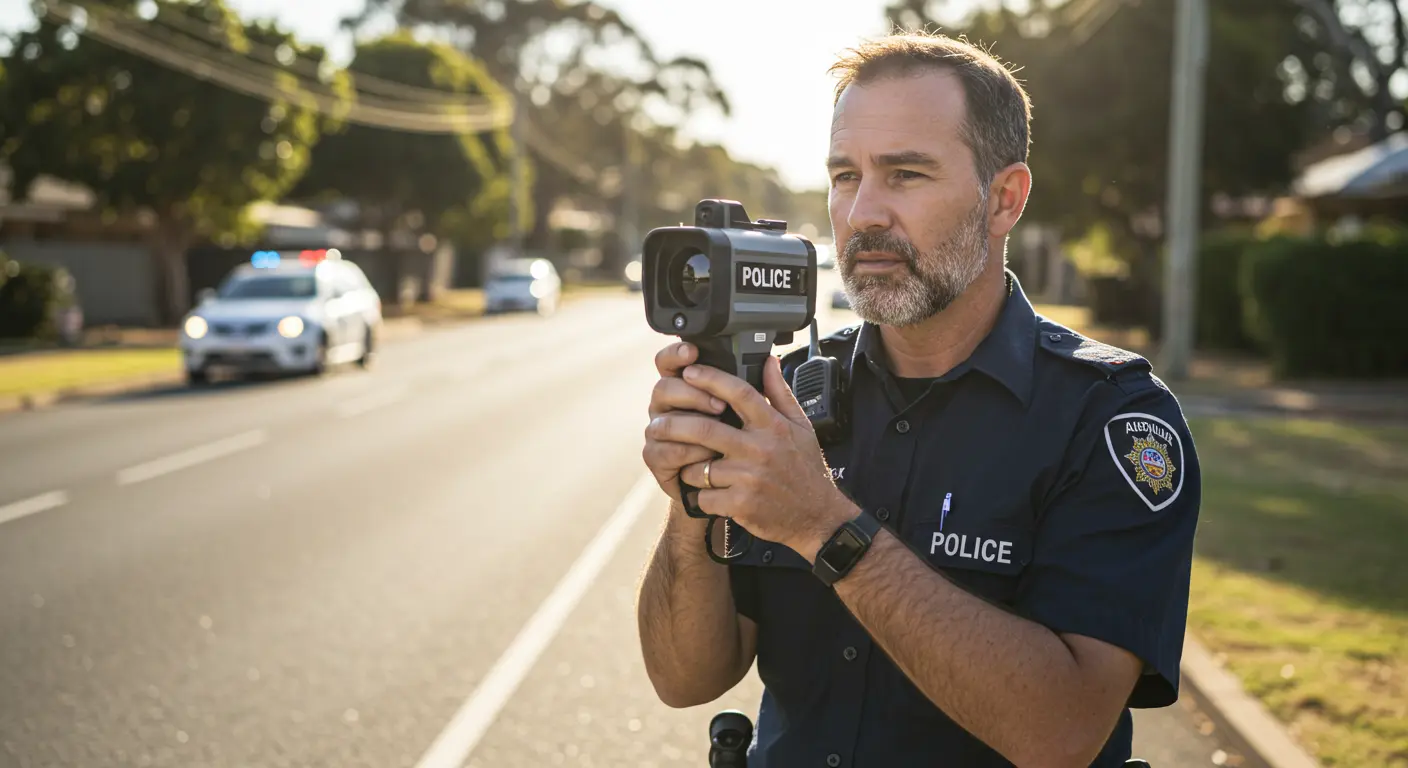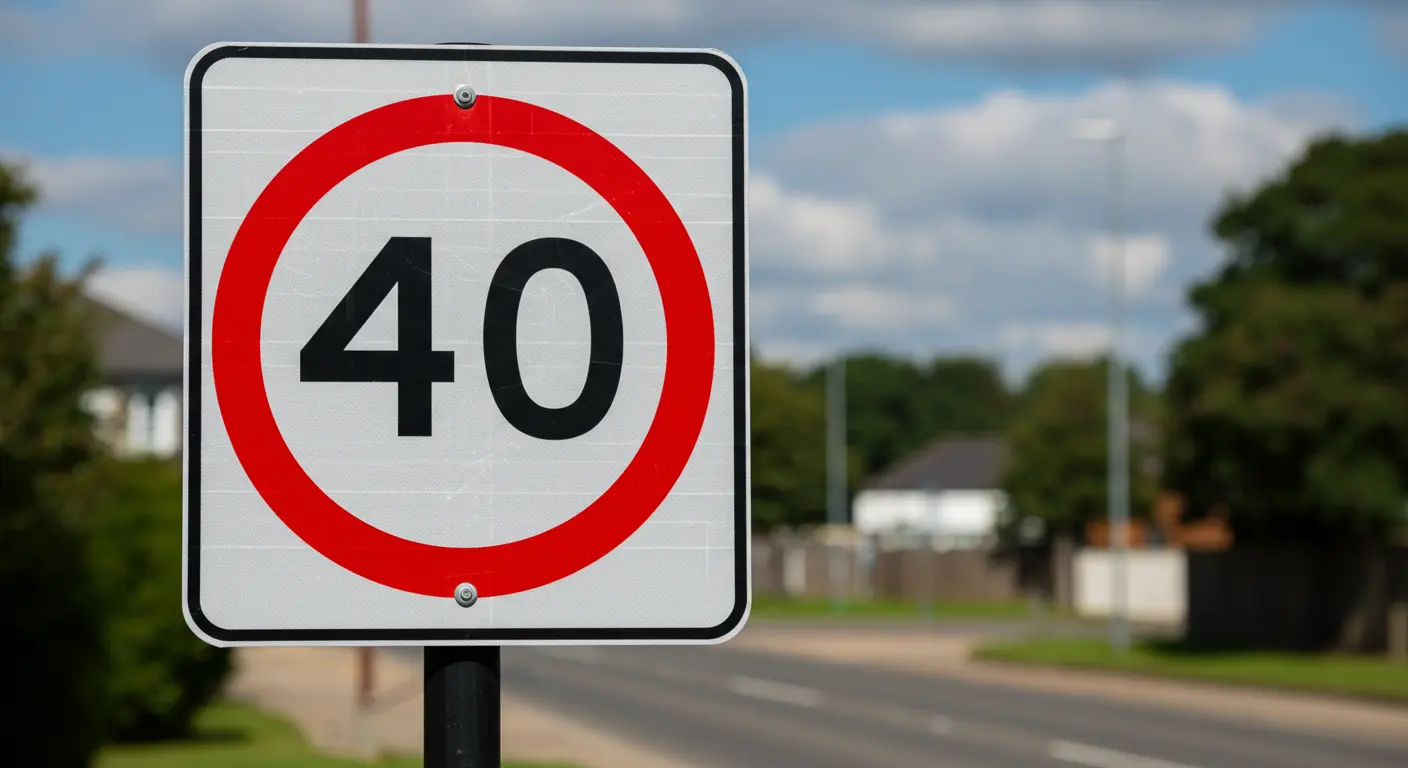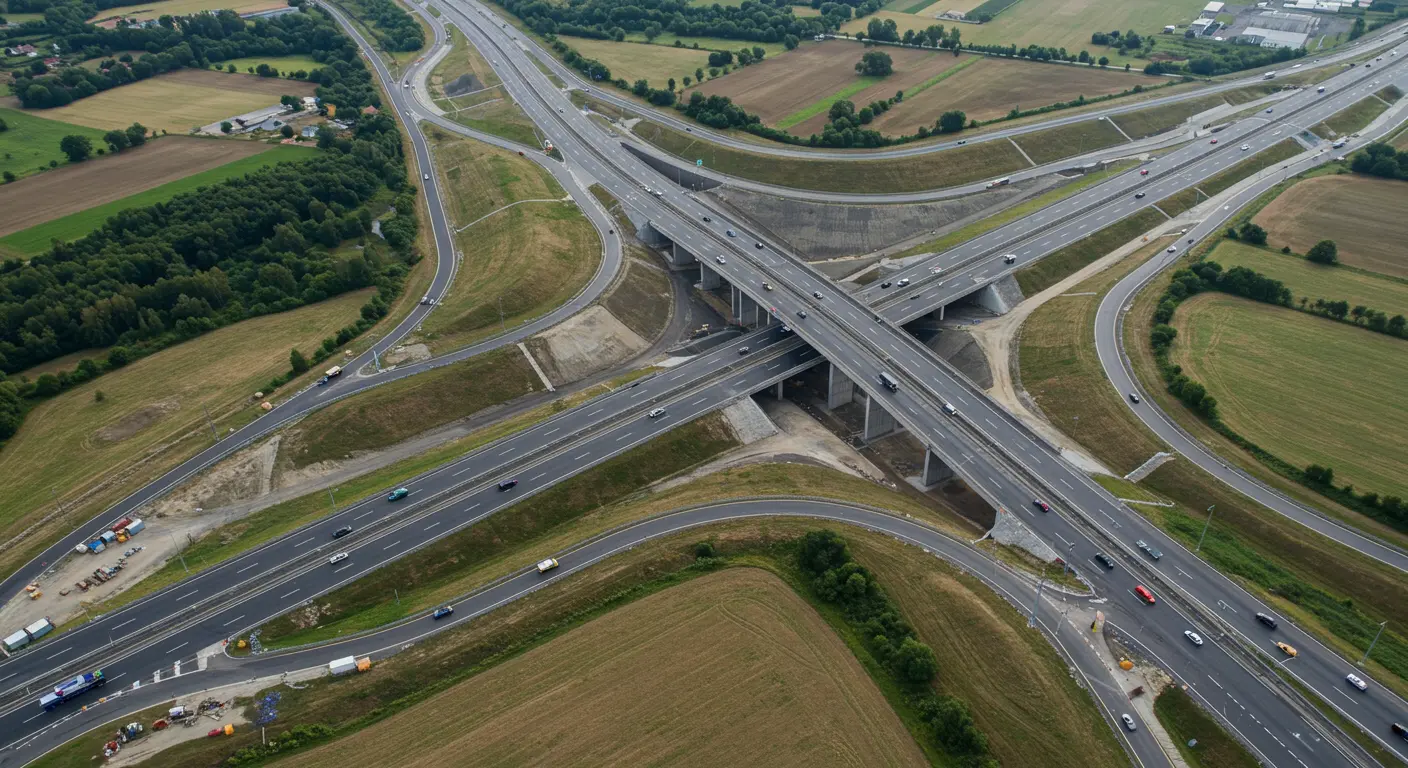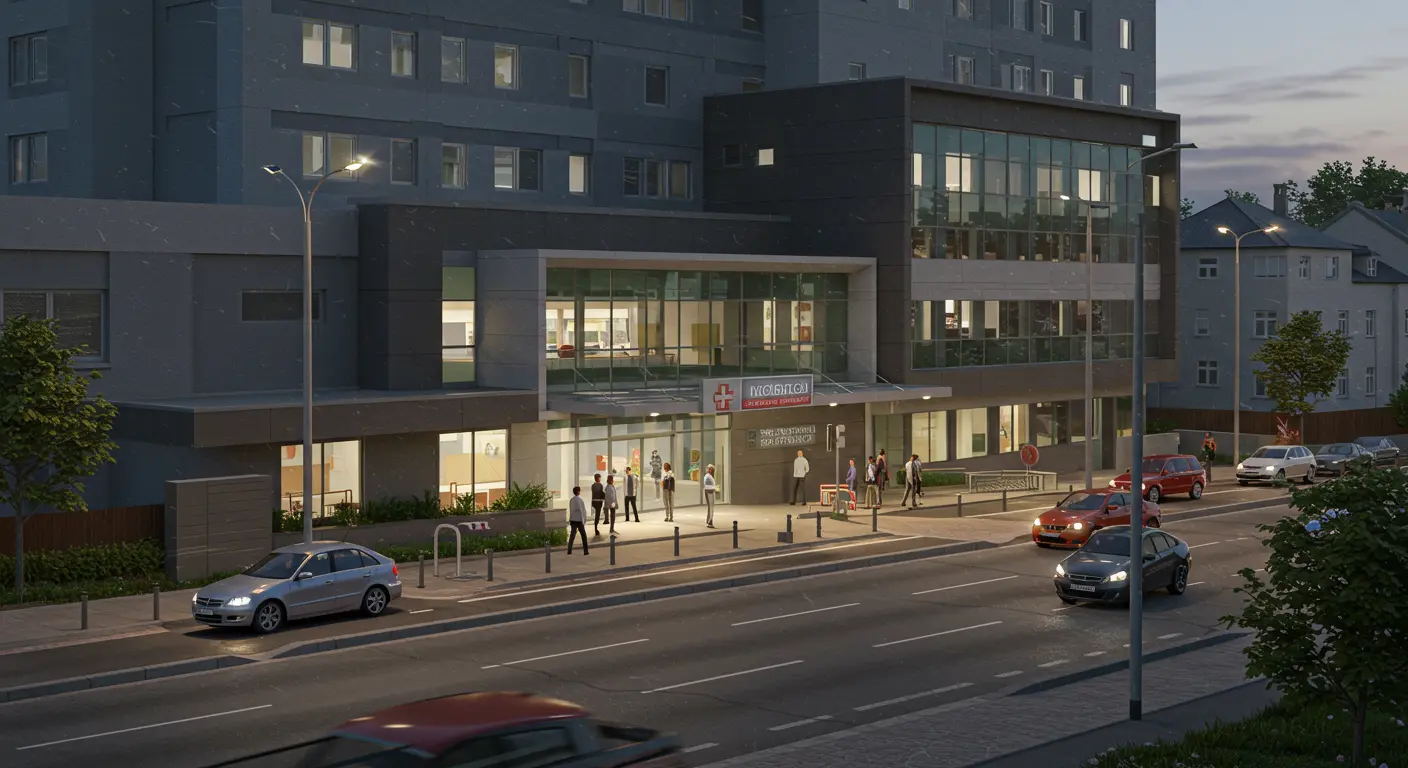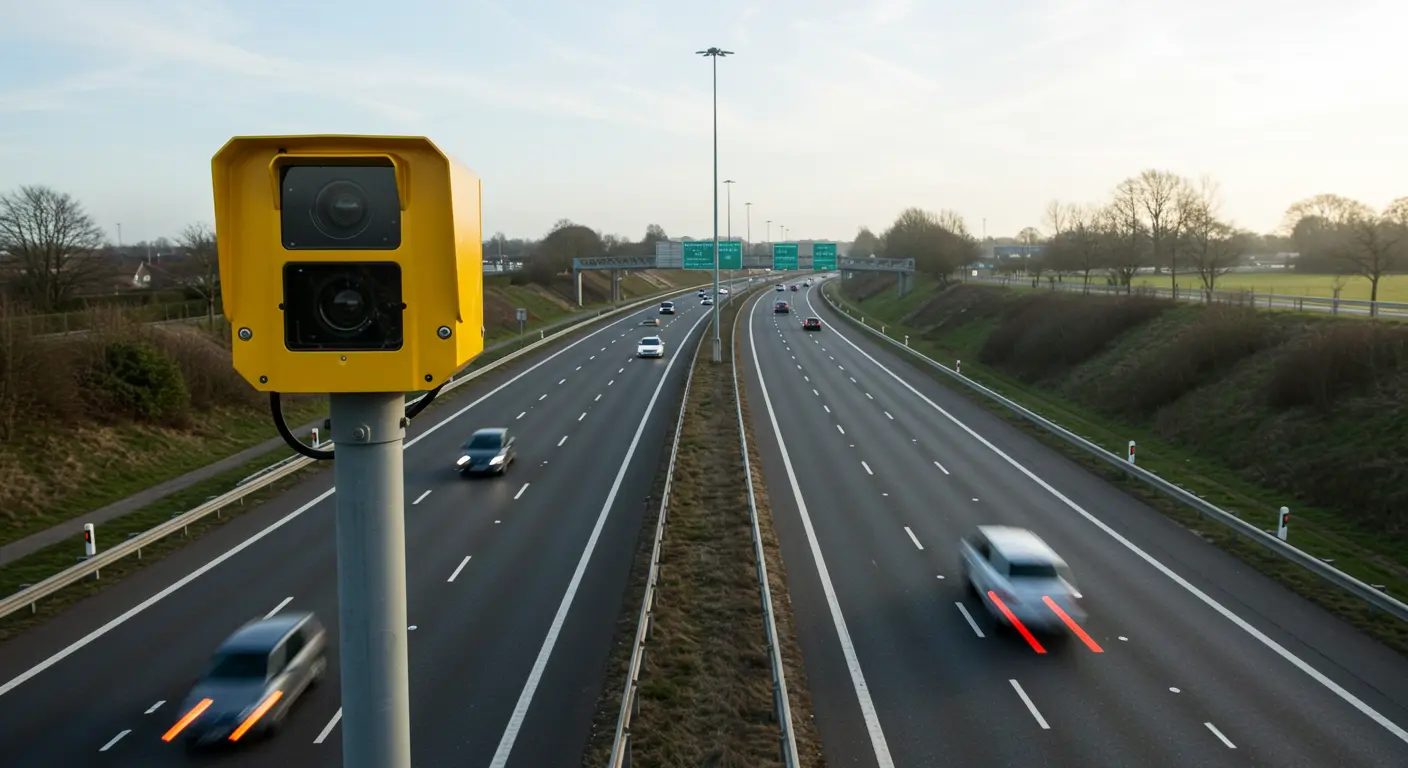Sydney is bracing for one of the most significant transport disruptions in recent memory, as the city’s rail network comes to a grinding halt.
Between Thursday at 10 PM and Sunday at 6 AM, industrial action by the Rail, Tram, and Bus Union (RTBU) will bring inter-city and suburban lines to a standstill, leaving over a million daily commuters stranded.
This isn’t just about a temporary inconvenience—it’s a stark reminder of the vulnerabilities in Sydney’s public transport system and a wake-up call for how we navigate a city dependent on rail.
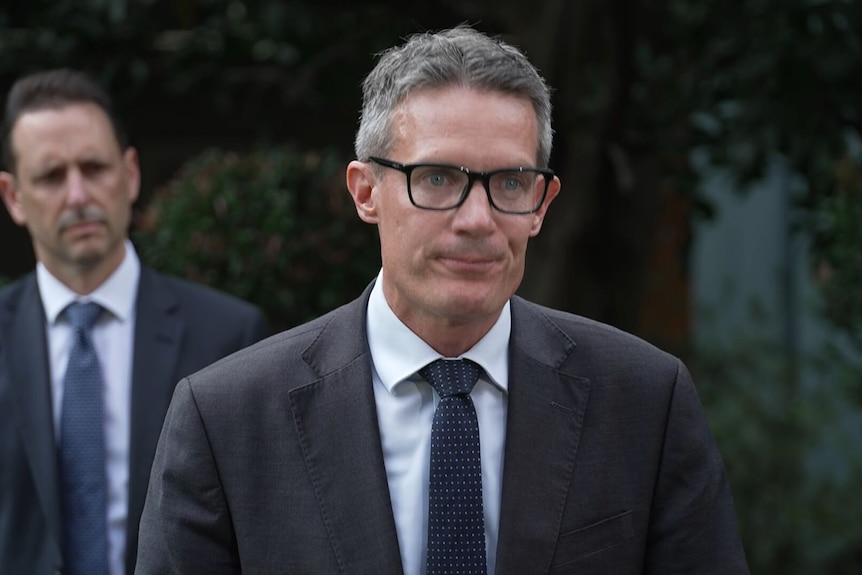
Why Is the Strike Happening?
At the heart of the issue is a long-standing dispute between the RTBU and the NSW government over pay and conditions.
The union is demanding a 32% pay rise over four years and a 35-hour working week, while the government has offered a 9.5% increase over three years.
The union’s ultimatum to the government was clear: run 24-hour rail services between Thursday and Sunday or face a shutdown.
When the government countered with limited services on one line, the union rejected the proposal, triggering the industrial action.
This four-day strike will disrupt major events across Sydney, including Pearl Jam concerts at Sydney Olympic Park and the A-League’s Unite Round at multiple venues.
With rail services offline, alternative transport options like buses, carpooling, and rideshares are expected to be overwhelmed.
The Strike’s Ripple Effect on Sydney
Transport for NSW has warned of severe disruptions, urging people to avoid peak travel times and make alternative plans.
But with over a million passengers relying on trains daily, the city’s infrastructure is unlikely to cope.
Events like the Pearl Jam concerts, set to attract 70,000 attendees each night, will face logistical chaos as fans scramble for transport.
Car parks, carpooling, and rideshare services will bear the brunt, leading to potential delays and increased costs.
Even everyday commuters, from students to office workers, will face significant challenges, with limited replacement bus services unable to match the capacity of the rail network.
A Case for Personal Vehicles
For those of us who drive, strikes like this underscore the importance of having a personal vehicle.
Cars offer the flexibility to navigate disruptions, bypass overcrowded buses, and reach destinations on time.
The automotive market is evolving to meet these needs. Electric vehicles (EVs) and hybrid options are becoming increasingly popular, offering eco-friendly solutions for urban commuting.
Brands like Tesla, BYD, and Geely are making significant strides, and models like the BYD Dolphin and Tesla Model Y are designed to suit diverse lifestyles.
While public transport is often championed as a greener alternative, events like this strike reveal its limitations.
A well-maintained personal vehicle, whether an EV or a fuel-efficient hybrid, can be a reliable backup when the public system falters.
What This Strike Means for Sydney’s Transport Future
The four-day train shutdown is more than an inconvenience—it’s a wake-up call for Sydney’s transport planners and policymakers.
As the population grows and events like these strikes expose the fragility of the rail network, the city must invest in both public and private transport solutions.
This includes expanding EV charging networks, incentivizing carpooling, and improving the reliability of buses and light rail.
At the same time, providing fair pay and working conditions for public transport workers is essential to avoid future disruptions.
CarExplore's Final Thoughts
Sydney’s train strike is a harsh reminder of the challenges of relying solely on public transport.
For the millions left scrambling for alternatives, this disruption highlights the importance of adaptable and reliable transport options.
As the strike unfolds, it’s a good time to reflect on how we navigate Sydney’s transport system.
Whether it’s investing in a versatile EV, embracing carpooling, or advocating for a more resilient public network, this event should spark a broader conversation about the future of mobility in Sydney.
See Also
